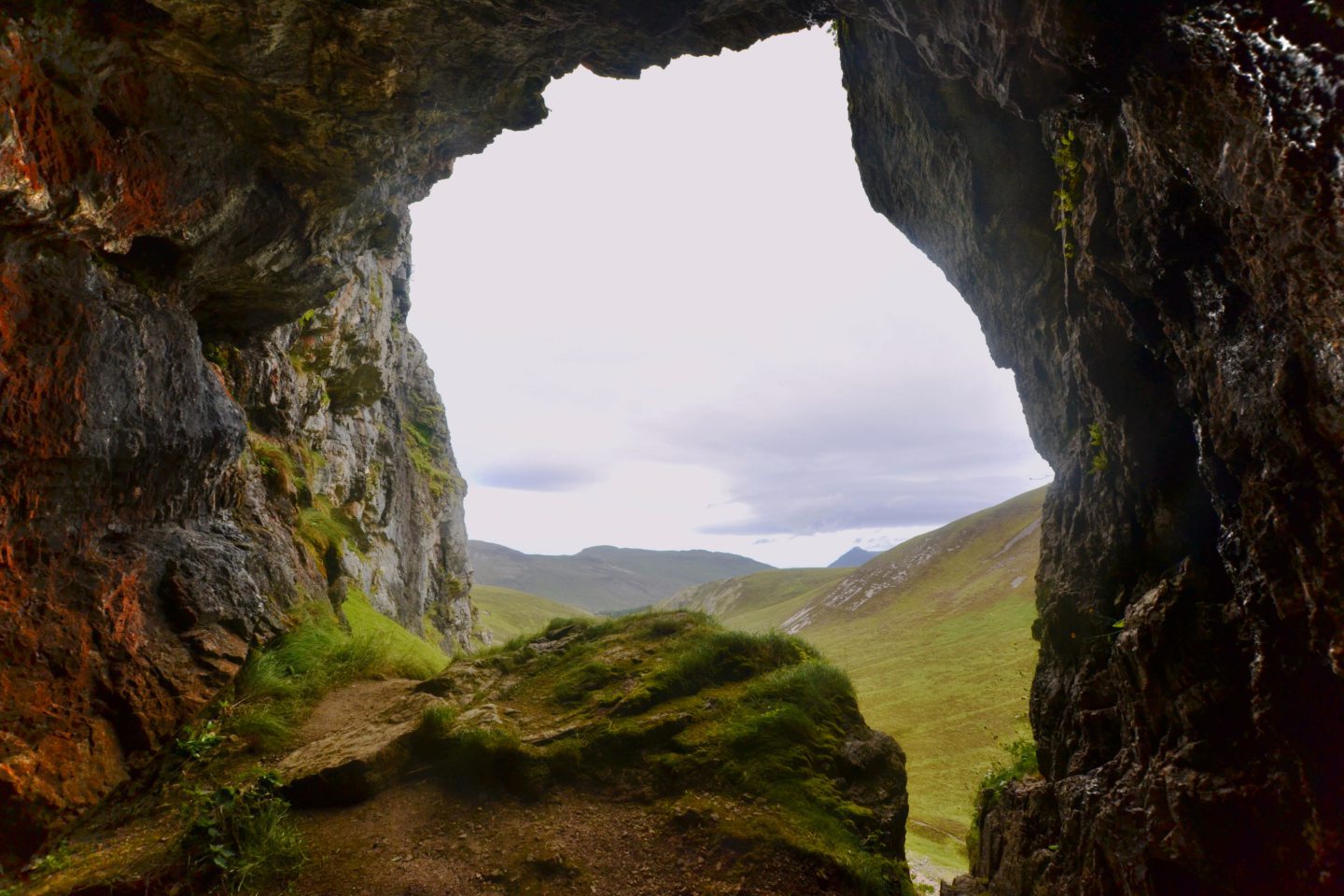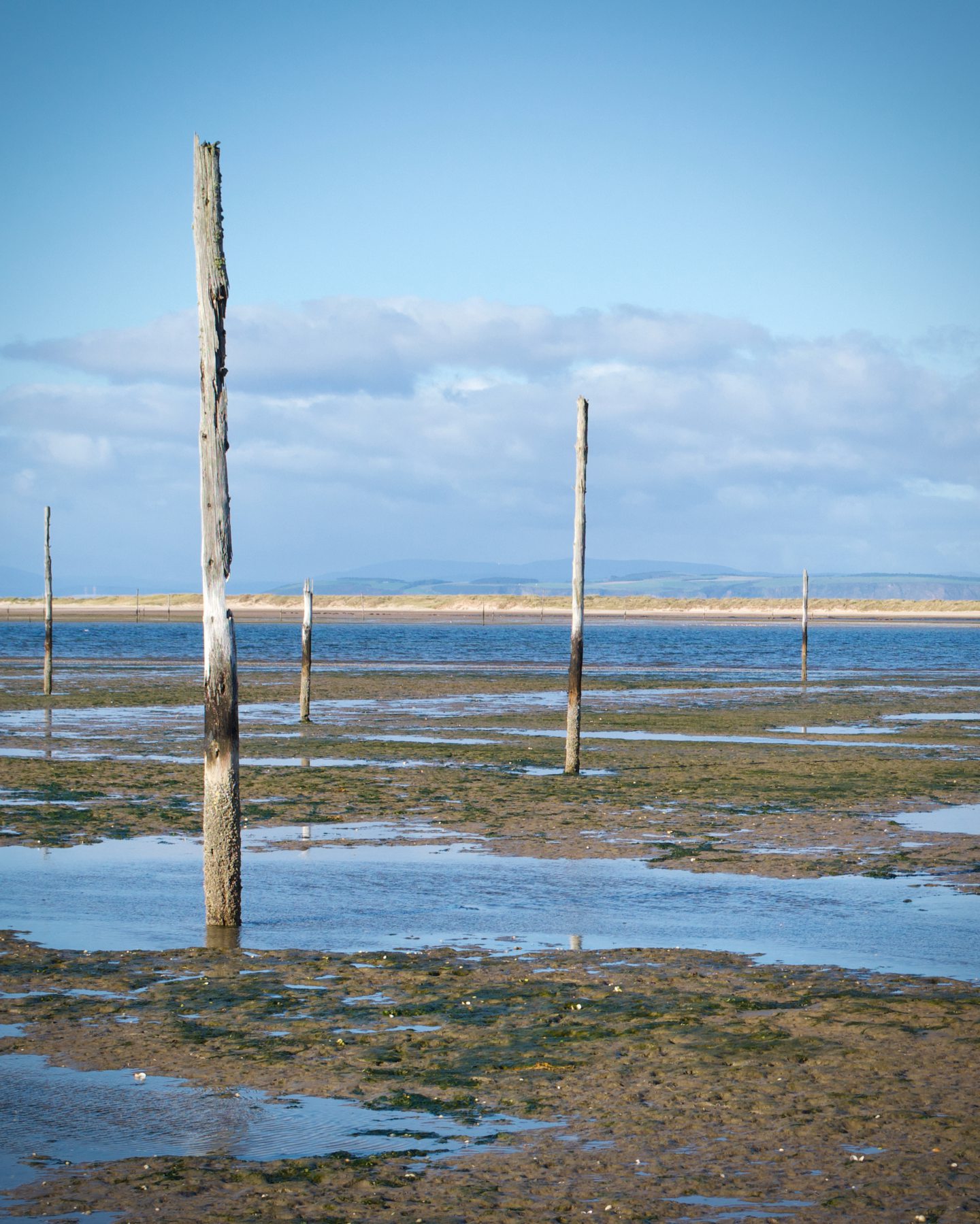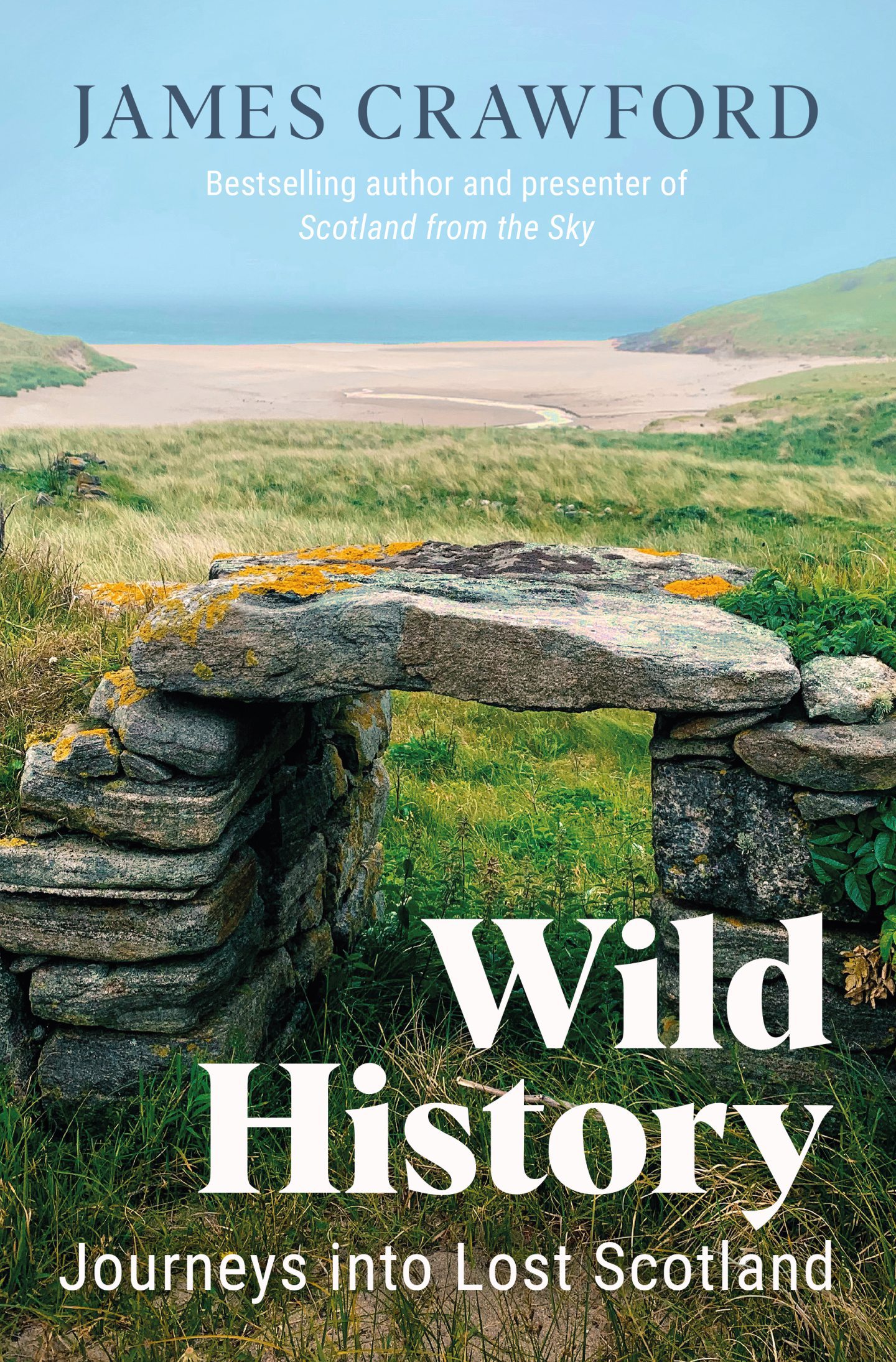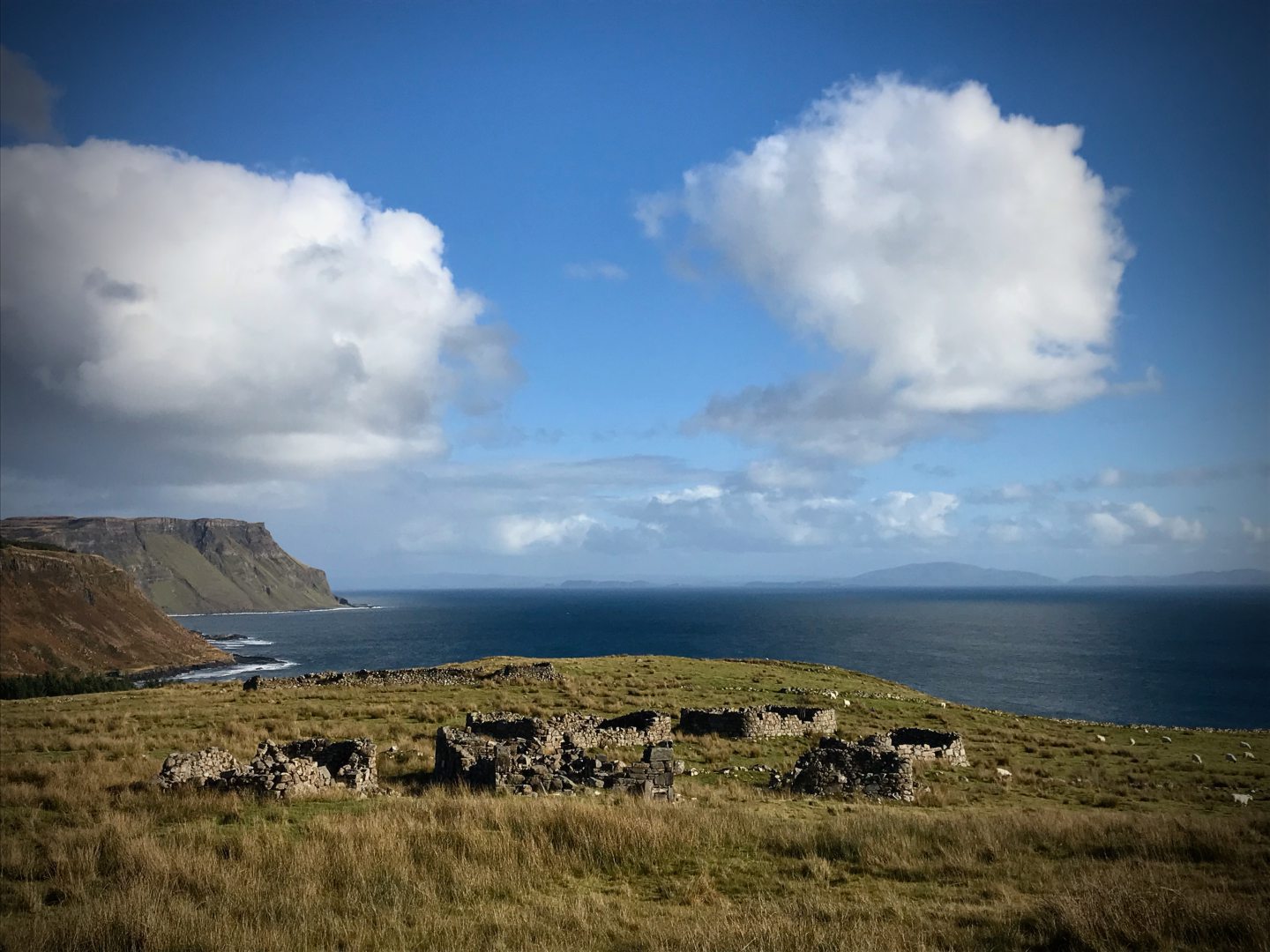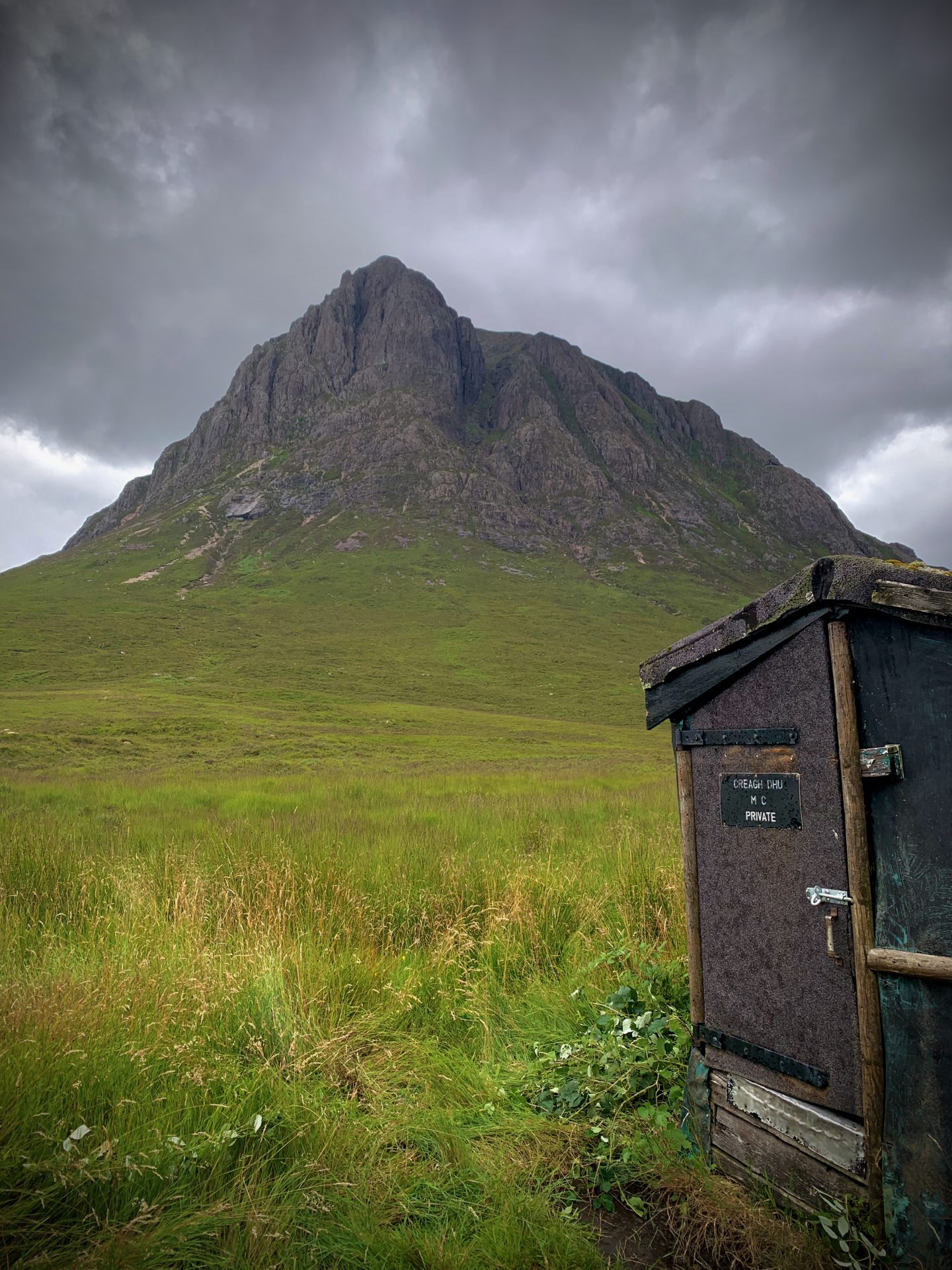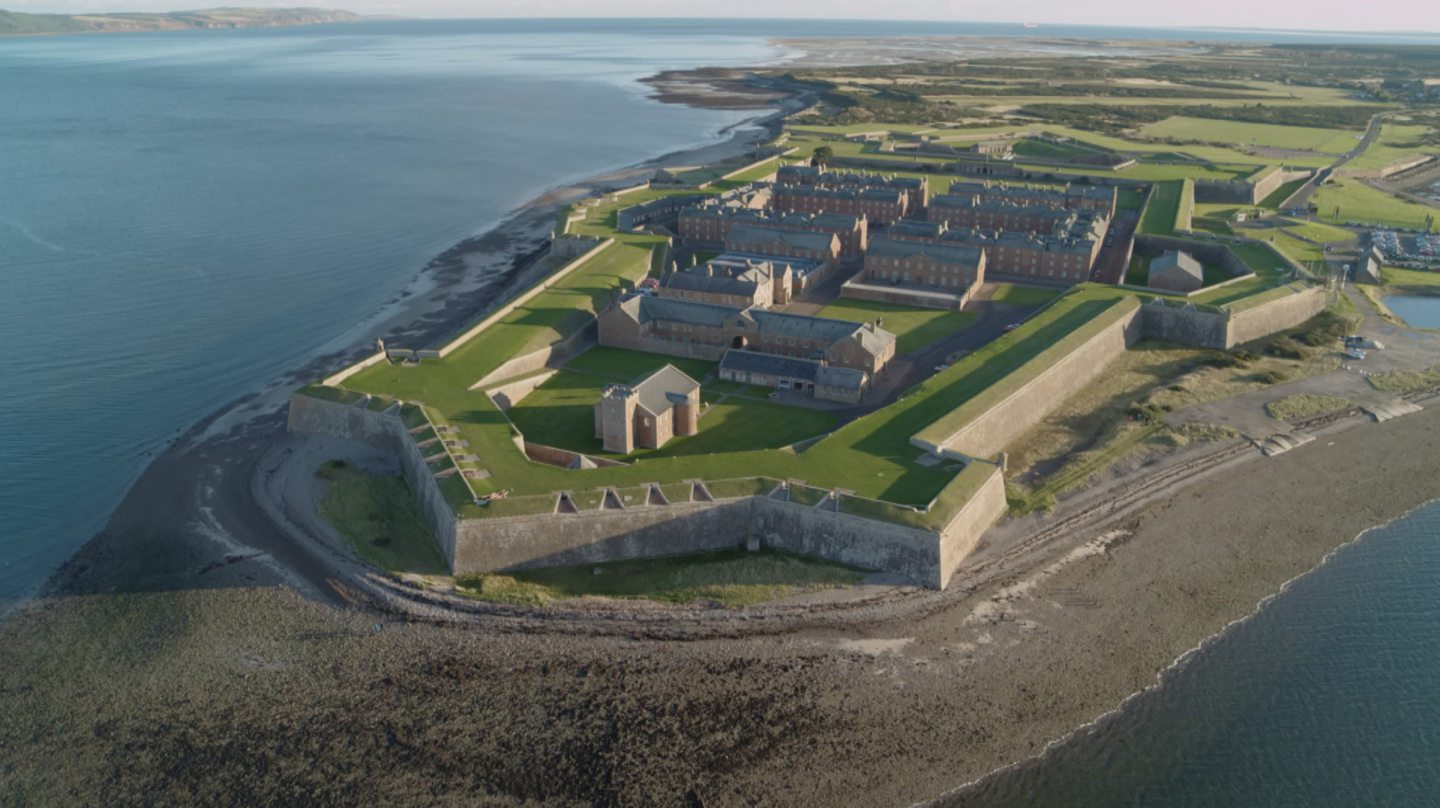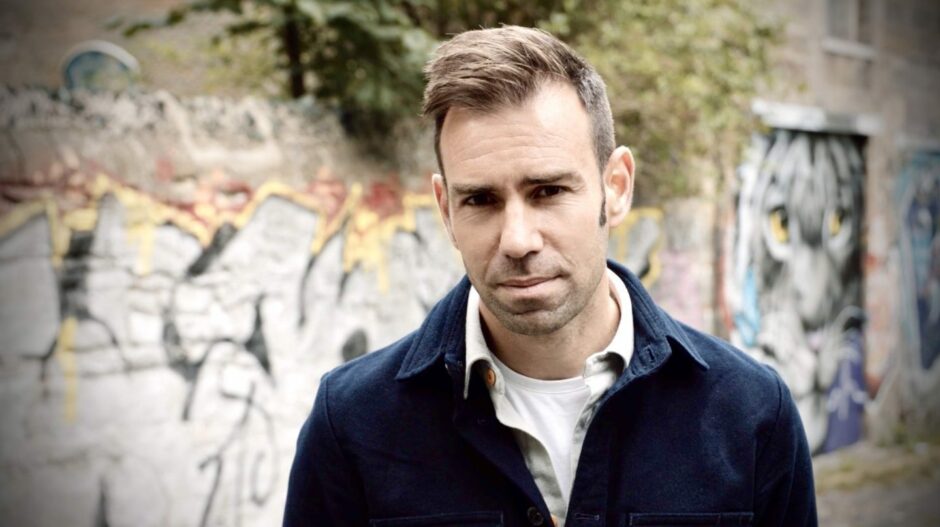
It’s a peek into uncharted territory, a glimpse of the fashion in which so many places across the country are being reclaimed by nature.
Scramble up over the dunes of an isolated beach. Or climb to the summit of a deserted hill. Pick your way through the eerie hush of a crepuscular forest. And, if you are alert, you will detect them: traces of the past, merging with the landscape.
Writer and broadcaster James Crawford has chronicled many of these sites, encompassing everything from the ruins of prehistoric forts and ancient, arcane burial grounds to abandoned bothies and boathouses and even lost villages such as Culbin in Moray which was swept away in a sandstorm centuries ago.
Shetland-born James has chosen a different path from the helicopters he used to film two series of Scotland from the sky. But this new odyssey is, if anything, even more intriguing, because it demonstrates Lewis Grassic Gibbon’s belief that only the land endures.
Everything else is ephemeral, but the stories are there if you go looking for them.
A love of the landscape
In 2019, James was named as the Archive and Record Association’s first-ever “Explore Your Archives” ambassador. But he’s no fusty student of antiquities. As soon as you start talking to him, there’s a glint of enthusiasm in his eyes, which convinces you that he truly loves what he is doing and spreading that message to others.
He told me: “The official list of important sites in this country (established by an 1882 Act of Parliament) ran to just 21 places – everyone knew there had to be more, and the initial task of compiling the list fell to one man, Alexander Curle.
“The idea was that it would be a desk-based study, but he was having none of that, and straight away, he set off on his bike to explore the landscape himself.
The site now has a million-plus items
“The work of this one man evolved into a whole organisation, and the notes and drawings he made of sites (which then expanded into photographs, maps, plans) marked the beginning of an archive of all of Scotland’s built environment.
“When I joined in 2008, this archive had grown to contain over a million items and my role was not as an archivist, but to understand the stories the collections contained and communicate them to a wider public.
“In the process, I kept coming across unusual and largely obscure sites, and started making a list of places I wanted to find out more about and visit. These all have no signage, or interpretation panels, no ticket stalls or gift shops.
“They are places that are far off the beaten track yet, for me, offer a much more intimate connection to history that a curated castle visit. In their abandonment, these sites sometimes felt almost post-human to me – and that’s where I had the notion of describing them as ‘wild’ history.”
A remarkable history
His new book with that title is a treasure trove for those who cherish Scotland. James has been to every corner of the country and, while he didn’t have the same issues of working with a production company as when he was journeying by helicopter, this odyssey soon piqued his imagination and offered all manner of adventures of its own.
He said: “Filming ‘Scotland from the Sky’ set us the challenge of embarking on expeditions deep into the Scottish landscape: getting a whole crew to the bottom of a cliff on the southwestern coast of Canna, for instance, or accessing a remote peninsula on the far side of Skye’s Cuillin Mountains.
“So, as well as engaging with the remarkable history of sites, we had to engage with the logistical difficulties of reaching them. But doing that in itself increases your connection to the landscape. And this is a key part of my book too – giving readers grid references for sites that feature, but setting them the challenge of finding their own way there.
“How do I get from where I am to where the site is? That process of translating locations on maps to the reality of place – and distance and weather conditions – is peculiarly enriching. It was also striking that, in travelling to about 95% of the places that feature in the book, I barely saw another person.
“There was all of these poignant, stark – and sometimes beautiful – sites that see almost no visitors. What I hope my book will do is inspire readers to seek out more of these places. Not just the ones I write about, but any strange or obscure mark on a map. Why not make an adventure out of discovering, for yourself, what it really is.”
Compelling stories all around
Because, as James has discovered, there are compelling stories all around us, from big cities to tiny hamlets and especially throughout the Highlands and Islands.
He travelled to many of the sites on his own which allowed him plenty of time to think – and he was often walking or cycling for hours to reach a specific location.
But that experience meant he could appreciate the landscape around him; the hills, the trees, the grass, the wildlife and the opportunity to commune, in whatever way he chose, with what the different places might have looked like in the past and present.
He told me: “On the edge of a forestry plantation in Sutherland, I crawled down into a drystone tunnel that slopes underground for 13 metres (accessed through a tiny, semi-collapsed entrance hole on the side of a lonely knoll in the shadow of Ben Loyal).
‘I lost my nerve at that moment’
“Alexander Curle had crawled into this same hole in 1909, more than a century before me, with only a candle to light his way. I used my phone torch and managed to get halfway (pushing myself forward on my belly) when I dropped my phone and was plunged into darkness. I lost my nerve then and made as swift an exit as I could.
“The hole itself is at least 2,500 years old and it might be the remains of Scotland’s oldest surviving basement – a place to store food beneath a house, or perhaps a prehistoric panic room. Curle wrote of how eerie he found this site, and I felt the same – along with a sense of a really charged connection to a very intimate space.
“It was at once unsettling and exhilarating and, in many ways, unique.”
As you may already have surmised, James isn’t interested in having a tour guide, ticking off a check-list of hoary facts and figures, when he can discover fascinating nuggets for himself and scratch beneath the surface.
He is more absorbed at the prospect of exiting the well-worn road and embarking on his authentic, unfiltered treks into the shadows of the past.
One suspects there will be no shortage of readers who are willing to follow him.
Wild History is published by Birlinn Books this month.
FIVE QS FOR JAMES CRAWFORD
1)What book are you reading? “‘When We Cease to Understand the World’ by Benjamin Labatut.”
2)Who’s your hero/heroine? “I’m a huge admirer of the grit and tenacity of [tennis star] Andy Murray.”
3)Do you speak any foreign languages? “French and Spanish (the latter very badly).”
4)What’s your favourite music or band? “Different answer every day, but right now I’m listening to Orkney artist Erland Cooper’s new album Folded Landscapes.”
5)What’s your most treasured possession? “Whichever book I’m in the middle of reading at any one time…”
